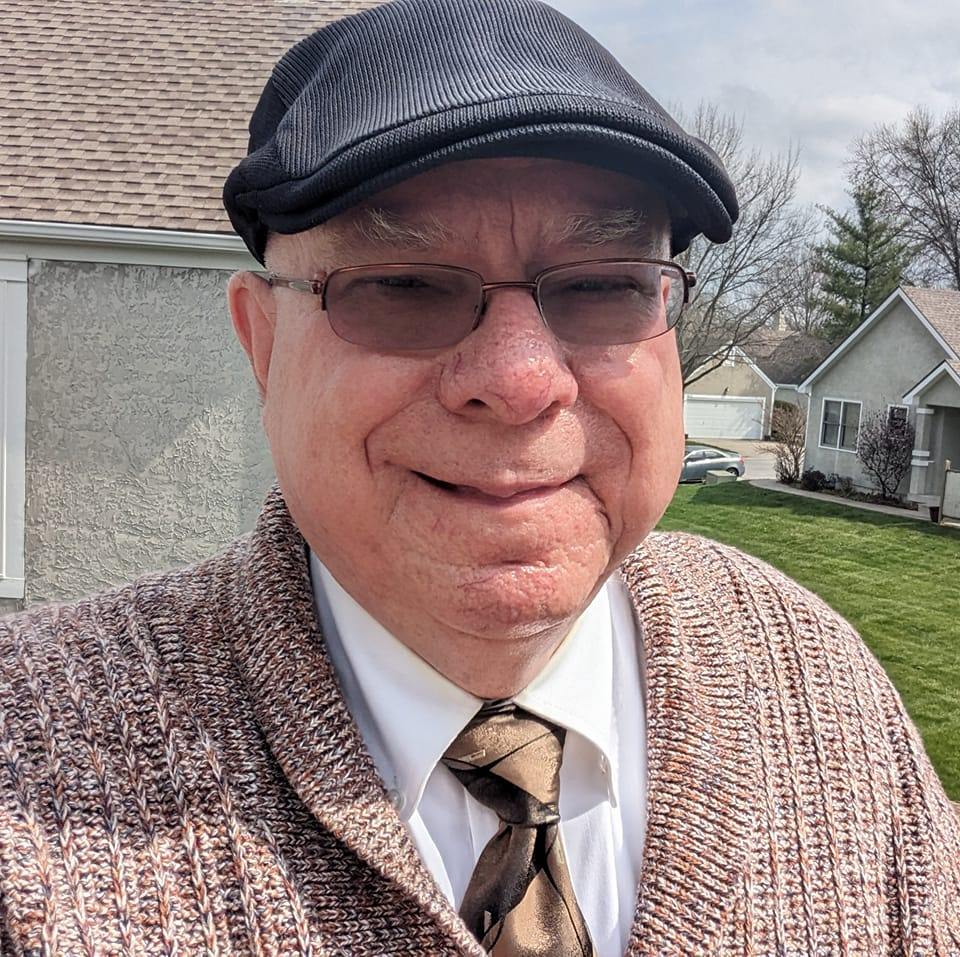
Photo by Alan Cleaver
In 1997, I wrote a series of articles appeared in five consecutive issues of RESCUE, the journal of the Association of Gospel Rescue Missions. The focus was to give counselors some guidance that would help them more effectively work with homeless addicts.
Here are the five articles:
Organizing the Addiction Counseling Process – Part 1 When I see a man in a recovery program I like to ask, “How is he doing?” I usually just get a pat answer like, “Well, he’s been with us for six months.” The problem with this answer, of course is that a sober, healthy lifestyle is not automatically picked up just by hanging around the mission for a certain length of time. The only way to really know is by keeping accurate written records that show how we are meeting the individual needs of the people in our programs. A formal needs assessment process is needed. The information that is gathered provides the foundation for a written recovery plan.
Organizing the Addiction Counseling Process – Part 2 In this installment, I would explore a very basic question; “Just what can we expect to accomplish in the life of a homeless addict during their stay at a rescue mission program?” The answer comes from recognizing some basic needs that need to be addressed so those we work can develop productive, satisfying sober lives. The goal of a written recovery plan is to set down these goals, in order of priority, and then develop a strategy for working through them while in the program.
Organizing the Addiction Counseling Process – Part 3 I recommend a program for homeless addicts that is based totally on accomplishing a set of treatment goals – instead of one based on the calendar. Still, there are some special considerations for the first 30 days of sobriety to which we need to pay special attention. If we make a special effort to help a newly recovering people through them, more of them will stay around longer and go forward in recovery.
Organizing the Addiction Counseling Process – Part 4 Most rescue recovery programs for homeless addicts have no trouble filling up their beds. Yet, it is better to have a smaller program with committed participants than to have a large one filled with people who are not serious about changing their lives. A well-organized long-term recovery program is – “A planned, organized, and systematic delivery of services — using both internal and external resources— with the goal of meeting the unique needs of each individual.”
Organizing the Addiction Counseling Process – Part 5 In our last installment in this series we discussed, briefly, the importance of meeting the needs of each individual in the recovery program. To do this most effectively, a process of documentation is essential, using paper forms or computer-based data collection. In residential recovery programs for the homeless, it is also important to adopt a team approach to working with our clients.

 What should we do with graduates who turn to our recovery program after they have relapse?
What should we do with graduates who turn to our recovery program after they have relapse? How do “support groups” help church members who are struggling with addiction and other life issues?
How do “support groups” help church members who are struggling with addiction and other life issues?


